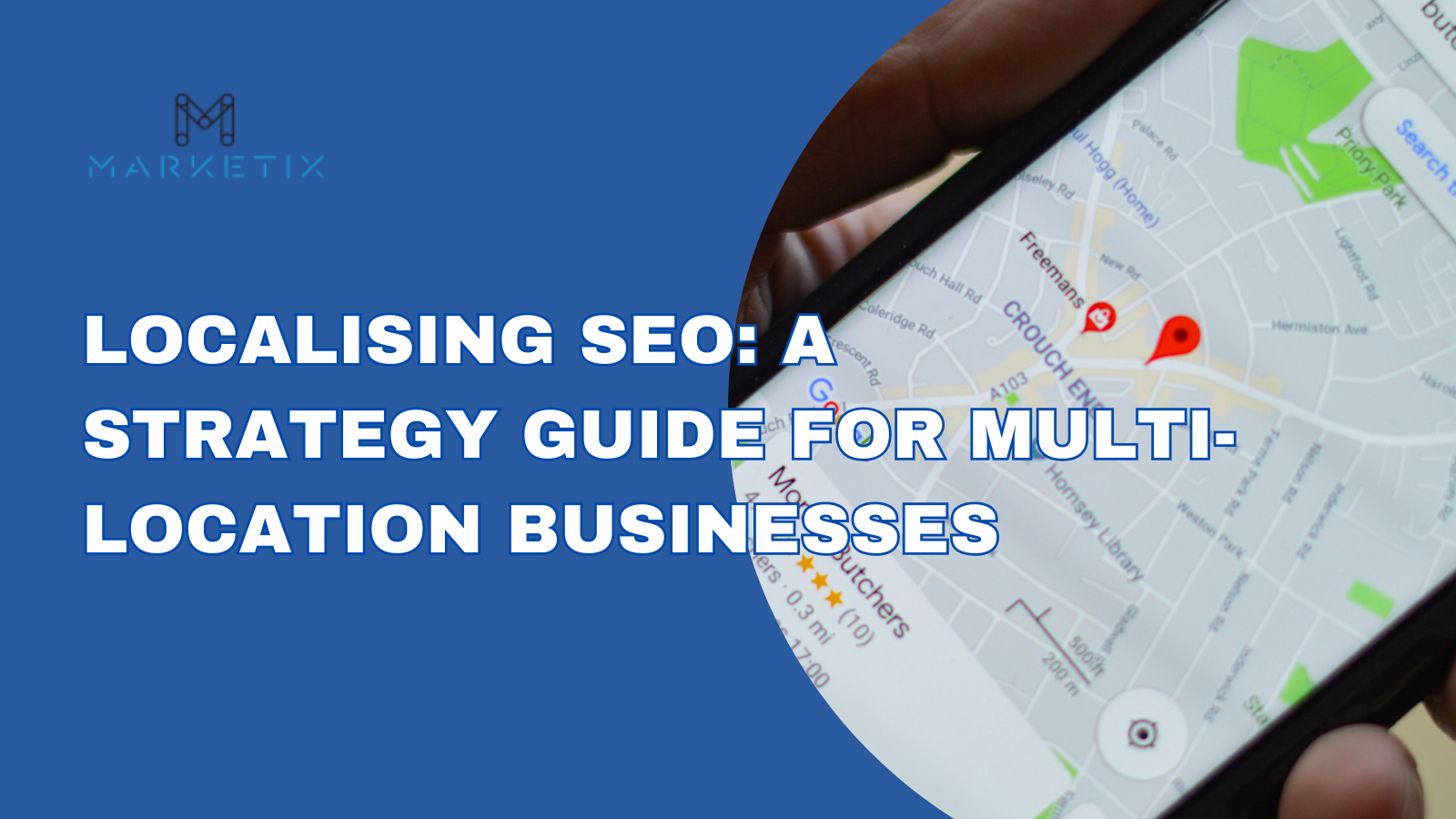- Home
- > The Marketix Blog
- > SEO
Navigating the SEO Implications of Site Migrations
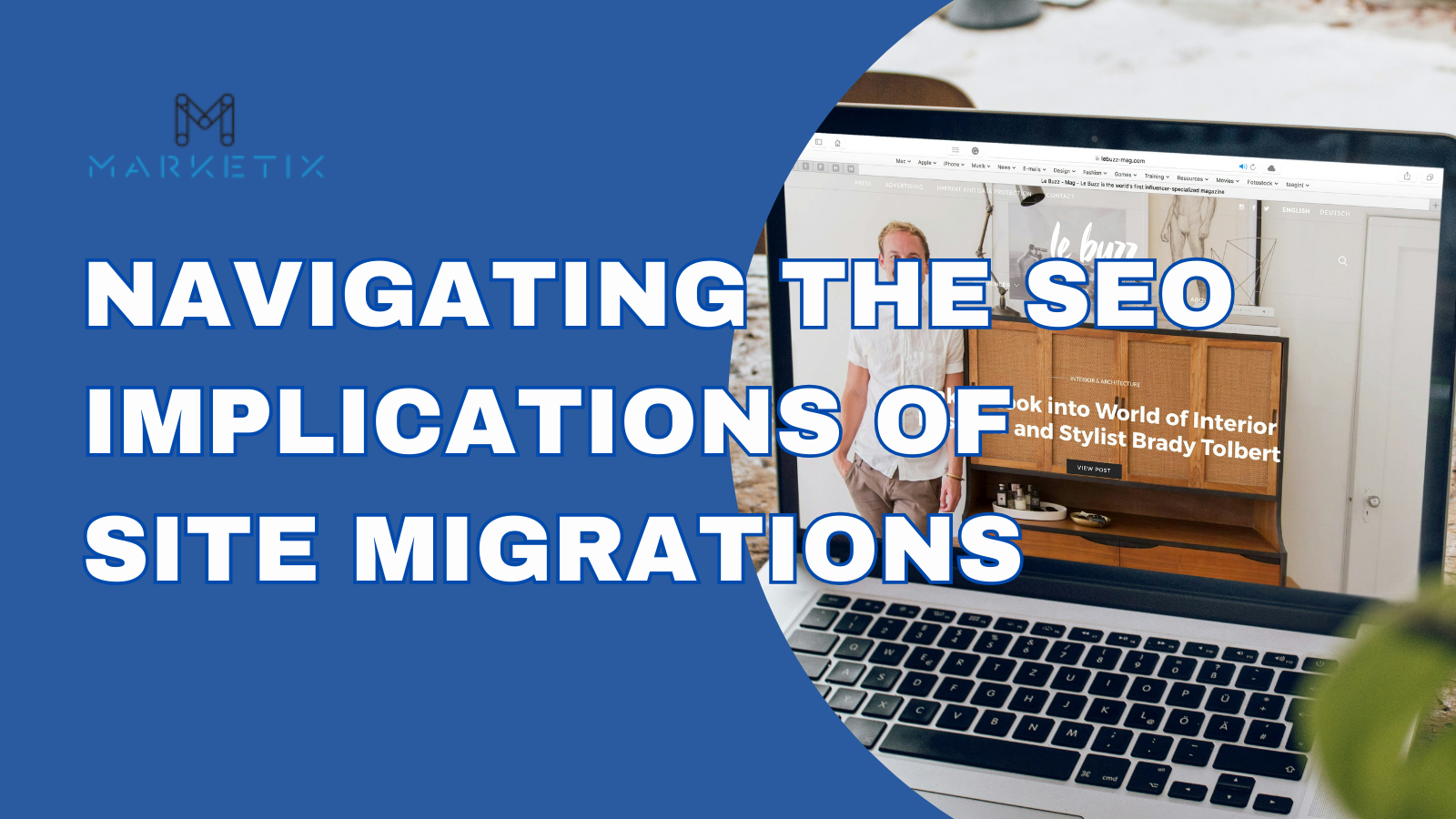
Site migration is a significant undertaking that can greatly impact your rankings on Google.
Whether rebranding, changing domains or switching to a new CMS, the process involves more than just moving content. SEO considerations are important to maintain your search rankings and traffic.
Ignoring SEO during site migration can result in lost traffic, decreased rankings, and broken links. This guide will walk you through the essential steps and best practices to ensure a smooth transition, minimising risks and preserving your SEO efforts.
Let's talk about the basics and the key aspects to consider for a successful migration.
Understanding Site Migration
Site migration involves significant changes to your website that can affect its visibility in search engines. This process can include moving your site to a new domain, changing the site's structure, redesigning the site, or switching to a new content management system (CMS). Each type of migration requires careful planning and execution to avoid negative SEO impacts.
Common Reasons for Site Migration
- Rebranding: Rebranding often necessitates a site migration. Companies may change their name, logo, and overall brand identity. This involves updating the website to reflect the new brand. It can include changes to the domain name, visual design, and content. The goal is to ensure the new brand is accurately represented online.
- Changing Domain Names: Changing your domain name can be essential for various reasons. You might want a more memorable or relevant domain. Sometimes, businesses acquire new domains that better align with their brand or services. This change can be risky without proper SEO management, potentially leading to a loss of search engine rankings.
- Switching to a Different CMS: Switching to a different CMS is another common reason for site migration. Businesses may outgrow their current CMS or find a new one with better features and scalability. Migrating to a new CMS involves transferring all content, ensuring URLs remain consistent, and maintaining SEO settings to avoid losing search rankings.
- Website Redesign: Website redesigns are often necessary to improve user experience, update outdated designs, or incorporate new functionality. Redesigns can involve significant changes to the site’s layout, navigation, and content structure. During a redesign, it’s crucial to maintain SEO elements like meta tags, headers, and internal links.
- Moving to a New Server: Moving your website to a new server can be required for better performance, increased security, or improved reliability. Server migrations must be handled carefully to prevent downtime and maintain site speed, which are critical factors for SEO. Ensuring the new server is properly configured is key to a seamless transition.
Each type of site migration presents unique challenges and requires specific SEO strategies to mitigate risks. Proper planning and execution are essential to preserve your site's search engine performance and maintain your online presence.
SEO Risks and Challenges of Site Migration
Potential Loss of Traffic
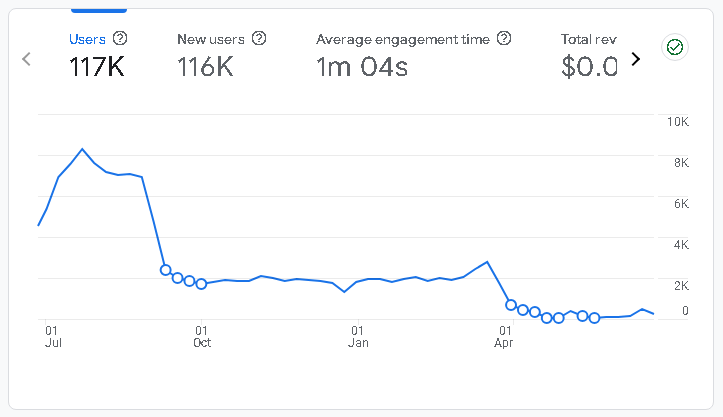
When migrating a site, one of the primary concerns is the potential loss of traffic. During the transition, search engines need time to reindex and re-evaluate the new site structure and content. This period can lead to a temporary drop in organic traffic.
To mitigate this risk, it’s important to implement 301 redirects from old URLs to new ones. Consistent monitoring of traffic patterns before and after migration helps in identifying and addressing any significant drops quickly.
Ranking Fluctuations
Ranking fluctuations are common during site migration. Search engines must re-crawl and re-evaluate your website, leading to changes in rankings. This fluctuation can last from a few weeks to several months.
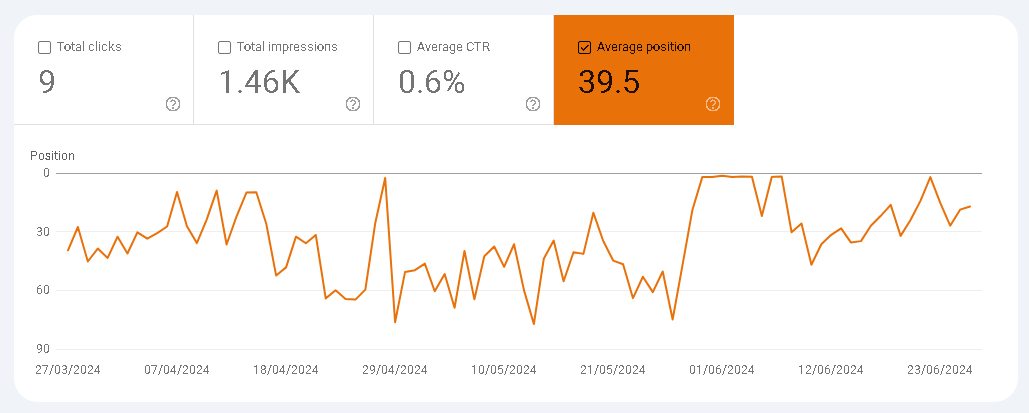
It is important to maintain as much consistency as possible in your site's content, structure, and SEO elements. Avoid making too many changes at once, as this can confuse search engines and prolong the recovery period. Regularly monitor your rankings and make adjustments as needed.
Broken Links and 404 Errors
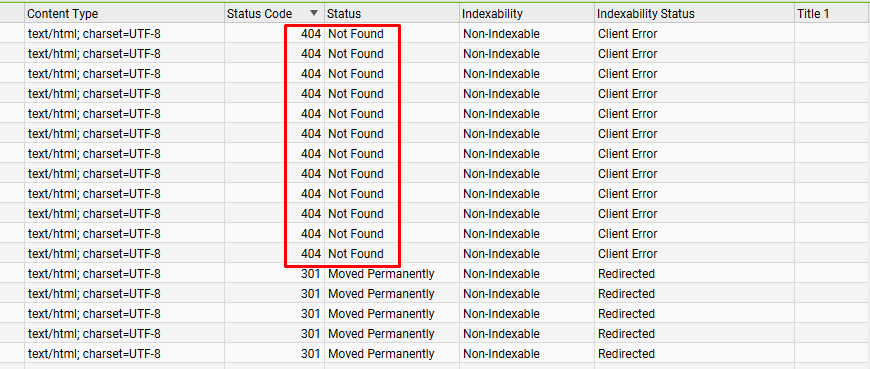
Broken links and 404 errors are significant issues during site migration.
Users and search engines encountering these errors can lead to a poor user experience and a drop in search rankings.
To prevent this, create a comprehensive URL mapping plan before migration. Use tools to identify and fix broken links promptly. Make sure that all internal and external links are updated to reflect the new URL structure.
Impact on User Experience
User experience can be adversely affected during a site migration. Changes in design, navigation, and content layout can confuse visitors and lead to a higher bounce rate.
Before going live, make sure you’ve tested your new site. Conduct user testing to ensure that the new design is intuitive and user-friendly. Keep the user interface clean and consistent. Provide clear navigation paths and ensure that important information is easily accessible. A seamless user experience is critical to maintaining your site's credibility and retaining visitors.
Duplicate Content Issues
Duplicate content issues can arise during site migration if old and new versions of pages are accessible simultaneously. This can lead to search engines penalising your site for having duplicate content, impacting your search rankings.
To avoid this, make sure that old pages are properly redirected to their new counterparts. Use canonical tags to indicate the preferred version of a page. Regularly audit your site for duplicate content and resolve any issues promptly. Maintaining a clean and unique content structure is important for SEO success.
Site migration is a complex process with many potential pitfalls. By understanding and addressing these SEO risks and challenges, you can ensure a smoother transition and maintain your site's search engine performance.
Pre-Migration SEO Checklist
Conduct a Comprehensive Site Audit
Before migrating, conduct a thorough site audit. This involves examining all aspects of your website, including content, backlinks, and technical elements. Identify any issues that could affect the migration. Tools like Google Analytics and SEMrush can help gather data. Document everything meticulously to create a baseline for comparison post-migration.
Benchmark Current Performance Metrics
Benchmarking current performance metrics is essential. Track key indicators such as organic traffic, bounce rate, and conversion rates. Record the positions of high-ranking keywords. Use these benchmarks to measure the impact of the migration. This data will help in identifying any drop in performance and taking corrective actions.
Back-Up the Existing Site
Backing up your existing site is a non-negotiable step. Ensure you have a complete copy of your website’s files and database. This backup acts as a safety net. In case anything goes wrong during the migration, you can restore the original site quickly. Regular backups should be part of your ongoing maintenance routine.
Create a URL Mapping Plan
Create a detailed URL mapping plan to manage changes in URLs. Map old URLs to their new counterparts using 301 redirects. This plan helps preserve link equity and minimises the risk of broken links. Make sure every old URL has a corresponding new URL. Test the mappings thoroughly before the migration.
Plan for 301 Redirects
301 redirects are crucial for maintaining SEO value. Plan for these redirects meticulously. Implement them to point old URLs to new ones. This informs search engines that the pages have permanently moved. Properly executed redirects help retain search rankings and traffic. Test all redirects to ensure they work correctly.
Technical SEO Considerations During Migration
Implementing 301 Redirects Correctly
Implementing 301 redirects correctly is vital. This ensures that link equity is passed from old pages to new ones. Use server-side redirects for better efficiency. Avoid chaining redirects, as this can dilute link equity.
Test the redirects using tools like Screaming Frog to ensure they are working as expected.
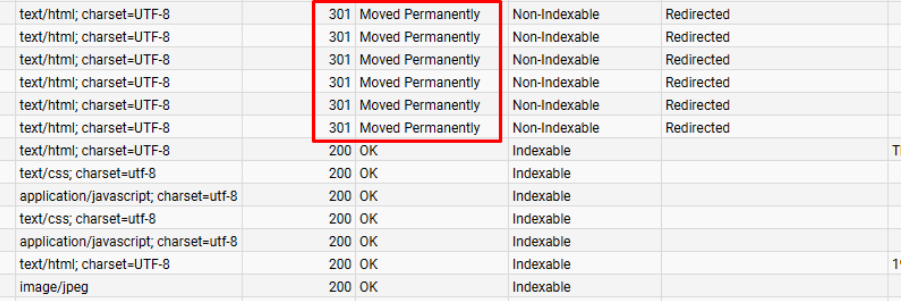
Updating Internal Links
Updating internal links is another critical task. Ensure that all internal links point to the new URLs. This prevents broken links within your site. Use a crawler tool to identify and update all internal links. Consistent internal linking helps maintain a logical site structure and improves user navigation.
Ensuring a Proper XML Sitemap
A proper XML sitemap is essential for guiding search engines. Update your sitemap to reflect the new URL structure.
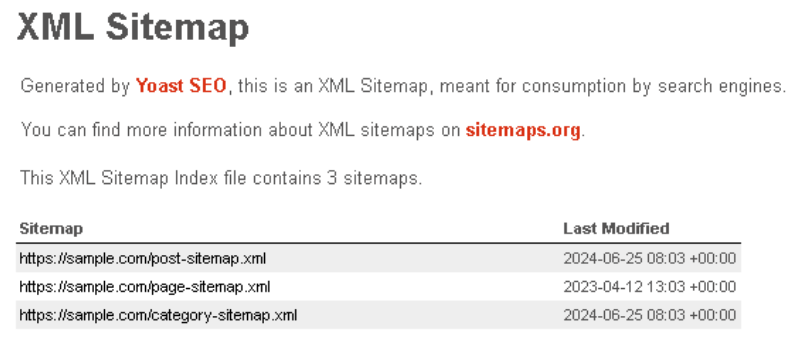
Submit the updated sitemap to search engines via their respective webmaster tools. This helps search engines crawl and index your new site efficiently. Regularly check the sitemap for errors.
Maintaining Consistent Site Structure
Maintaining a consistent site structure during migration helps search engines and users. Keep the hierarchy and URL structure as similar as possible. This minimises confusion and helps retain your site's SEO value. A consistent structure ensures that users can navigate your site easily.
Monitoring and Managing Crawl Errors
Monitoring and managing crawl errors is crucial post-migration. Use tools like Google Search Console to identify crawl errors. Fix these errors promptly to ensure that search engines can access all your pages. Regular monitoring helps maintain the health of your site and improves its search engine performance.
Content and On-Page SEO Adjustments
Updating Meta Tags and Headers
Updating meta tags and headers is a key part of on-page SEO. Ensure that all titles, meta descriptions, and header tags are optimised for the new site. These elements should reflect the target keywords and provide a clear description of the page content. Consistent and accurate meta tags help improve click-through rates and search rankings.
Preserving or Enhancing Existing Content
Preserving or enhancing existing content is crucial during migration. Maintain high-performing content to retain its SEO value. Identify opportunities to update and improve content for better relevance and engagement. Enhanced content can attract more traffic and improve user experience.
Addressing Duplicate Content Issues
Addressing duplicate content issues is essential to avoid search engine penalties. Ensure that old and new versions of pages are not accessible simultaneously. Use canonical tags to indicate the preferred version of a page. Regular audits can help identify and resolve any duplicate content problems promptly.
Ensuring Mobile-Friendliness and Page Speed Optimisation
Ensuring mobile-friendliness and page speed optimisation is vital for user experience and SEO. Test your new site on various devices to ensure it is mobile-friendly. Optimise images, enable browser caching and minimise JavaScript to improve page load times. Fast, mobile-friendly sites perform better in search rankings and provide a better user experience.
Case Studies and Real-World Examples
Example: Successful Migration with Minimal Traffic Loss
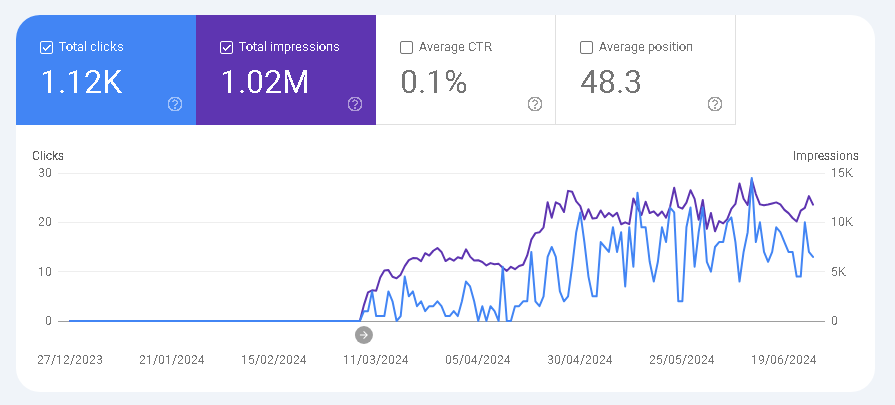
One of our websites, an Australian service-based business, decided to migrate its website to a new domain for better branding (From .info to .com.au).
We followed a meticulous migration plan, including detailed URL mapping and comprehensive 301 redirects. We have conducted pre-migration audits, backed up their data, and benchmarked performance metrics.
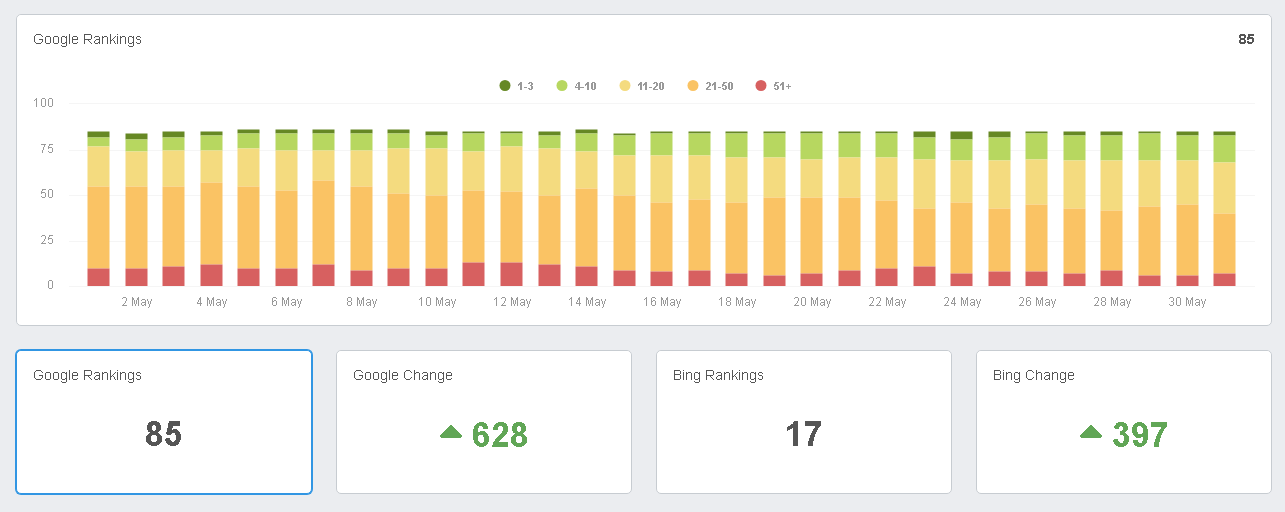
Post-migration, we’ve closely monitored traffic and rankings. Any drop in traffic was quickly addressed by fixing broken links and adjusting redirects. The result was a successful migration with minimal traffic loss and a smooth transition to the new domain. Our careful planning and execution ensured that their SEO performance remained stable.
Tools and Resources for a Smooth Migration
Several tools can facilitate a smooth site migration. Google Analytics and Google Search Console are essential for monitoring traffic and performance metrics.
Tools like Screaming Frog and SEMrush can help with site audits, and identifying issues such as broken links and duplicate content. Ahrefs provides solid insights into backlinks and keyword rankings, which are valuable during and after migration.
There are many resources and guides available to help with site migration. Google's Webmaster Guidelines offer comprehensive advice on maintaining SEO during migration.
Blogs and articles from reputable SEO experts provide practical tips and case studies. Online forums and communities can offer support and advice from professionals who have gone through similar migrations. These resources can be invaluable for ensuring a successful site migration.
Are you Planning a Site Migration?
Are you planning a site migration and worried about the SEO implications? As experts in site migration and a premier SEO agency, we can help you navigate this complex process.
If you need professional assistance, our team offers consultations and services to ensure a smooth transition and maintain your SEO performance.
Contact us today to secure your site's search engine rankings and online presence.
Recent Posts
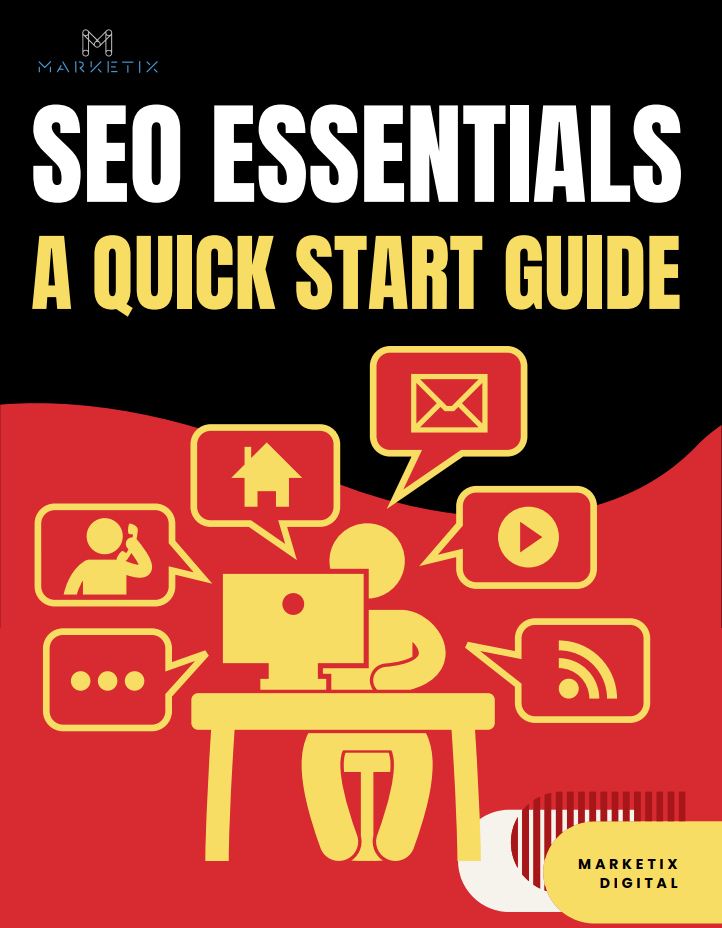
Free Download SEO Book
Download our 24-page SEO book to learn:
- How SEO Really Works
- How to Rank #1
- Content & SEO
- Choosing an SEO Agency
Thank you!
You have successfully joined our subscriber list.
Recent Posts


